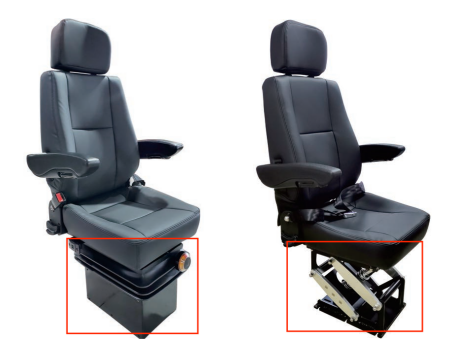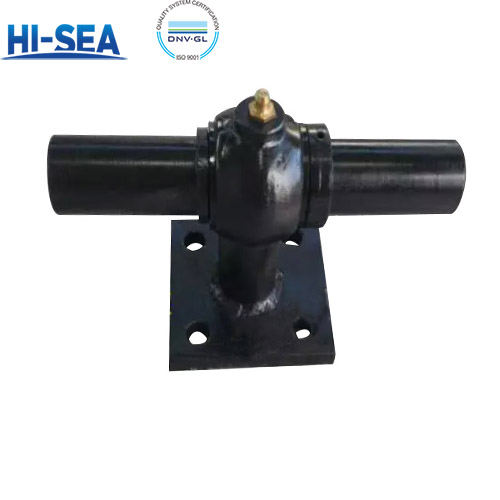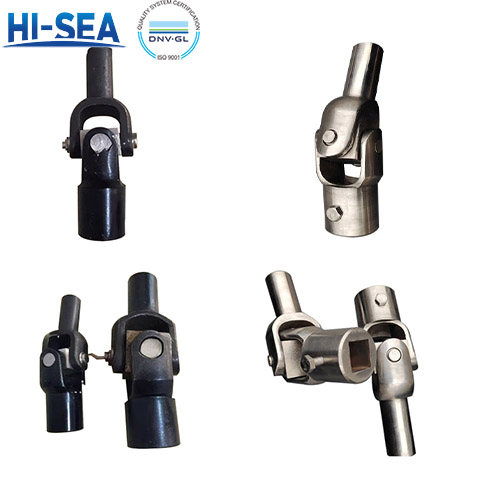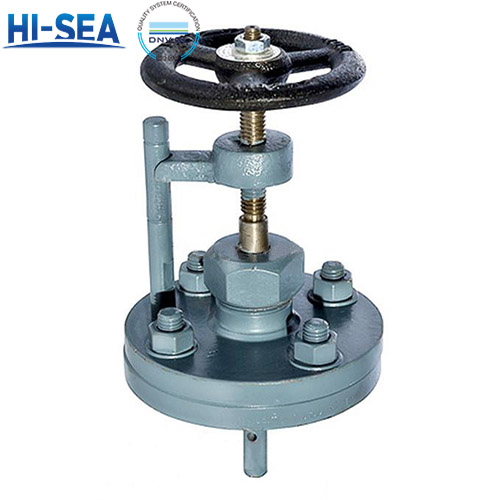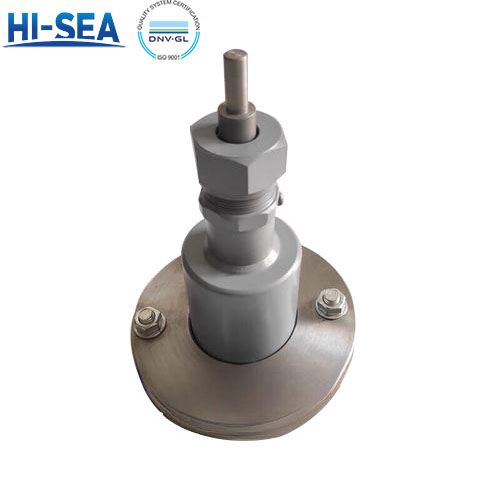
Selection of Bases for Marine Pilot Chairs
When purchasing a marine pilot chair, choosing the right base is a key factor to consider.
Overview
1. Different vessel types require different seat base configurations.
Small vessels and yachts usually require only basic functions: fixed base, height adjustment, seat rotation, and fore-and-aft adjustment.
Medium and large vessels, with larger consoles and more operating equipment, demand higher functionality. In addition to the basic functions, they require special rails to ensure safe and smooth seat movement, reclining functions to protect the spine and support different operations, and adjustable footrests to ensure comfort and reduce fatigue for crew of different sizes.
For high-speed boats, workboats, or merchant ships navigating long-term in open seas or rough conditions, shock-absorbing bases are essential.
Smaller workboats can be equipped with spring-damping bases.
Larger merchant ships may use pneumatic damping systems integrated into standard seat bases.
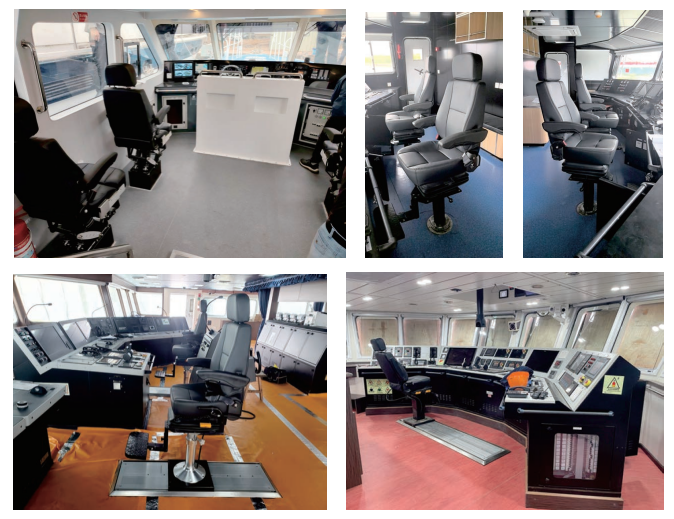
2. Base functions vary in material and operating method.
Seat columns are usually made of steel or high-strength aluminum alloy.
Steel columns are the most cost-effective. With proper surface treatment, they provide acceptable corrosion resistance and strength. However, their long-term durability is much lower than aluminum alloy. Once the coating is damaged, corrosion spreads rapidly, and vibration may cause peeling. They are mainly used in low-cost vessels, inland ships, or auxiliary seats with low weather resistance requirements; rarely in main pilot chairs.
High-strength aluminum alloy columns offer high strength and light weight. With anodized treatment, they are more corrosion-resistant. Commonly found in mid-to-high-end leisure boats and some workboats.
Height adjustment can be mechanical or pneumatic.
Mechanical adjustment relies on inserting or removing pins or screws to switch between preset height levels. As it is inconvenient to operate, it has been phased out, now only found in adjustable footrests.
Pneumatic adjustment is the mainstream method. Using compressed gas (usually nitrogen) in a sealed cylinder, it provides smooth, fast, and effortless stepless height adjustment. The operator simply pulls a lever and uses body weight to raise or lower the chair. This is a standard feature of pilot chairs.
Sliding rails can be manual or electric.
A sliding rail base mounts the seat on a customized track, allowing it to move along the rail. The track is usually made of anodized aluminum alloy for high strength and corrosion resistance, with stainless steel frames for enhanced durability. Standard track length is 1.2m, extendable upon request. Frames can be surface-mounted or embedded.
Manual operation: the seat is pulled to the desired position and locked.
Electric operation: a small motor drives the seat along the rail, controlled by a handle. Note that electric rails are wider than manual ones and must be designed according to actual dimensions.
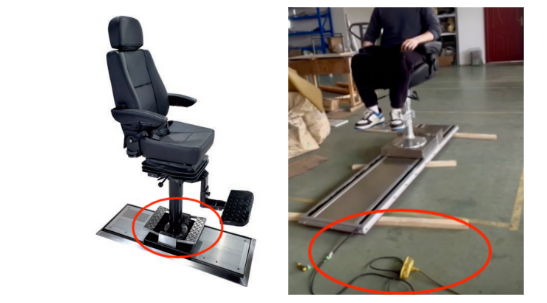
Shock absorption devices include pneumatic and spring mechanical systems.
Pneumatic damping absorbs shocks through compressed air movement in a chamber. It performs better for low-frequency swaying, offering adjustable damping and superior comfort. Usually integrated with the seat column, but can also be floor-mounted in compact wheelhouses.
Spring mechanical damping uses a heavy-duty coil spring at the base for shock absorption. It is cost-effective, structurally unique, and can serve as a standalone base.
